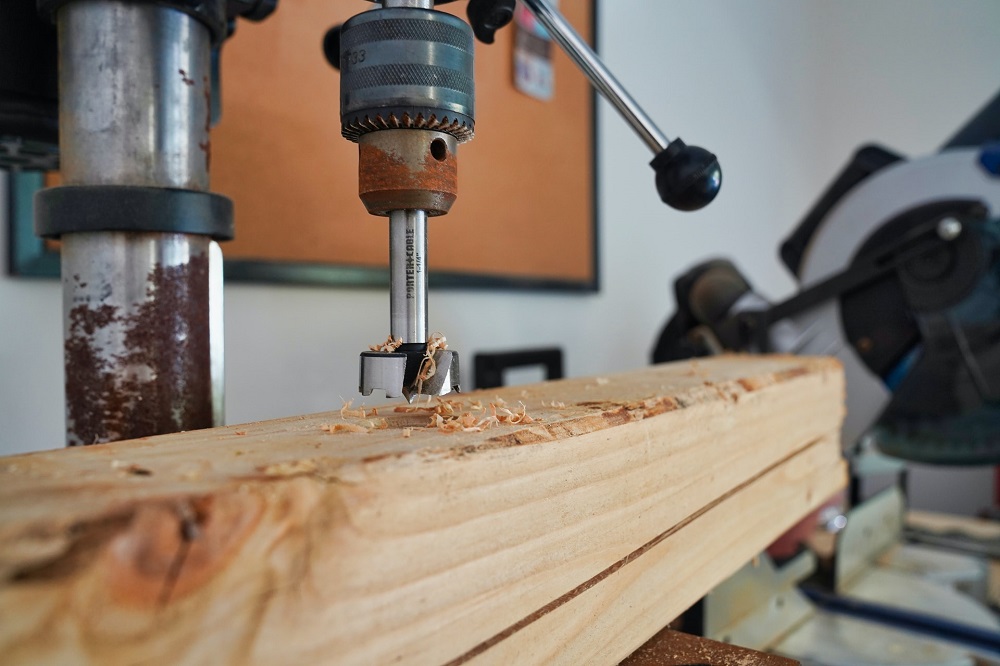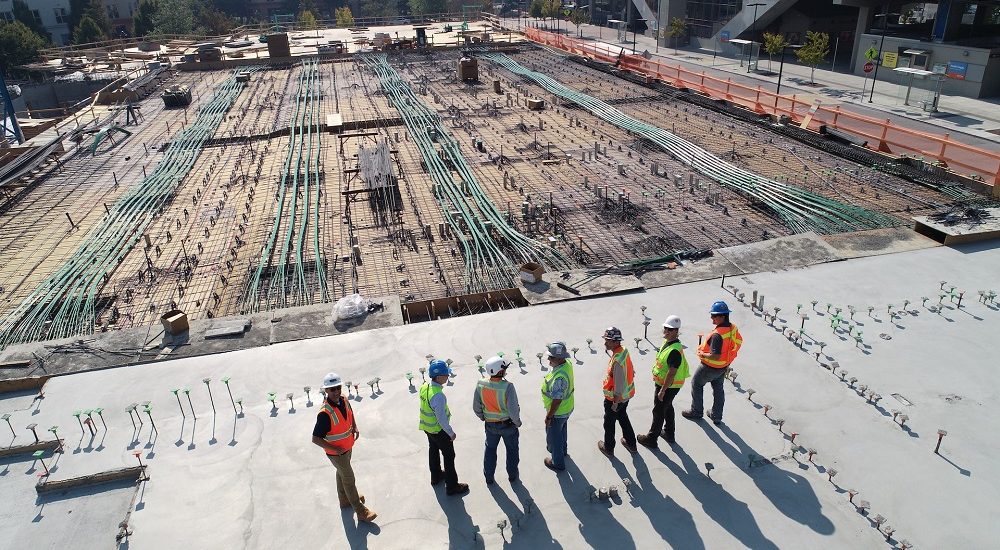There are risks in each job you take, and we all know that. Most individuals spend half their awake time at work, leaving a lot of time for accidents. Recruiters are responsible for providing a safe workplace, but employees also have a role to play in fostering a risk-free environment. Here are some easy-to-implement suggestions for keeping your workplace risk-free from harm.
Educate Your Employees
The firm should provide frequent training to educate workers on the dangers they are exposed to and how to minimize them. Employees may learn about new safety regulations and first aid training, and old ones can be reinforced via training sessions.
- Measures that may really keep you safe,
- Methods of lifting that minimize risk.
- CPR Training Classes.
- Methods to follow when dealing with potentially harmful materials.
- The basics of first-aid kits and other emergency supplies.
Create an SOP for Your Worker’s Safety
A safety plan which is well designed and discussed with everyone is the best way to avoid injuries on the job. The paper must include all relevant safety procedures and regulations.
- Finish all required safety procedures.
- Reporting concerns to upper management.
- Carry out pre-employment screenings.
Some mishaps happen because workers need more expertise or skill to do their jobs. Candidates are matched with opportunities that best use their skills via the screening process.
Managers and Workers Alike Need Training.

Maintain a culture of safety among supervisors and workers. Remind workers of the significance of following safety protocols as frequently as possible. Employees may avoid muscle strain and other injuries by learning proper lifting and movement techniques.
Maintain a Schedule of Regular Risk Assessments.
The best strategy to discover potential workplace harm sources is to do a thorough risk assessment. Think about the workers’ workload, the kind of tools they use, and the activities they do. Consider the multiplied dangers faced by team members who are pregnant, old, or otherwise impaired. Tell staff members that if they become aware of anything that might put them in harm’s way, they should report it immediately to their superiors.
Create preventative actions tailored to each threat highlighted by your analysis. Talking to the people who are using the equipment or carrying out the procedure will give you the inside scoop.
Keep track of all potential dangers and the measures that might be taken to reduce them. The risks should be re-evaluated often. If you are going to be recruiting new people or relocating your equipment, you should first undertake a risk assessment. As a result, less risky situations will arise.
Workplace Tidiness
Many mishaps occur in the workplace because of disorganization and clutter. The potential for slips, trips, and falls grows every time a box is moved out of place or a puddle of water spills. Maintain a clean, clutter-free work environment for your staff.

The stresses of the job are well-known. Workplace stressors include long hours, hazardous circumstances, disagreeable colleagues, few breaks, an unknown future, a noisy atmosphere, or the fear of losing one’s job.
It’s crucial to discover strategies to minimize the stress you’re exposed to, even if you can’t eliminate it entirely. It can be a question of life or death. There are many negative effects of stress on the body.
Dress Appropriately
Protective gear, including clothes, must be worn at all times. The clothing’s fit is another factor to think about. Loose or ill-fitting clothes may be hazardous, especially for women who have difficulty finding protective gear that fits properly.
Find and Hire Competent People.
Businesses need to take their time when hiring new staff. Numerous safety accreditations exist to educate businesses on how to keep their workplaces risk-free. It is crucial to research the certification program and the applicant’s employment history before employing someone claiming to be certified.
Increase Staffing Levels.
When workers are understaffed or overworked, accidents are more likely to occur. When organizations fall short on personnel, it may cause stress and weariness for many workers. Workplace injuries might result from this. Stress levels during busy times may be lowered by bringing on temporary employees.
Make Sure There’s Enough Light.
Ensure there is enough artificial and natural light for workers to see clearly during risk assessments. Doing so outside of work hours is just as crucial. Extra illumination is sometimes required in parking lots, outdoor spaces, walks, entrances, and exits. If your property is unsafe, you may be held liable for any injuries that occur there.
Allow for Employee Feedback.
Many workers are reluctant to report safety issues for fear of retaliation from their employers. Provide incentives or a suggestion binder to inspire workers to be proactive in identifying and suggesting ways to reduce hazards in the workplace.

